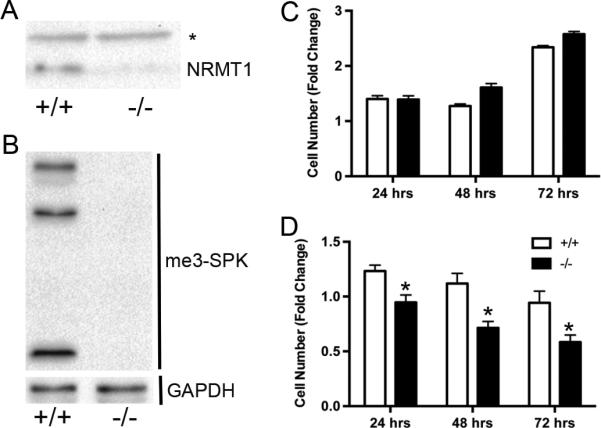Fig. 7. Nrmt1−/− mouse embryonic fibroblasts have increased sensitivity to hydrogen peroxide.

(a) Similar to other Nrmt1−/− tissues, no NRMT1 protein expression is detectable in the Nrmt1−/− mouse embryonic fibroblasts (MEFs). * is non-specific band detected by the anti-NRMT1 antibody, which is used as a loading control. The level of NRMT1 in wild type MEFs (+/+) is shown as a control. (b) No N-terminal trimethylation (me3-SPK) is detectable in the Nrmt1−/− MEFs. GAPDH is used as a loading control. (c) Cell proliferation assay measuring the basal growth rates of wild type and Nrmt1−/− MEFs. No significant difference was detected at 24, 48, or 72 hours. (d) Cell proliferation assay measuring the decreased growth rate of Nrmt1−/− MEFs in response to 50 μM hydrogen peroxide as compared to wild type MEFs. Each bar represents the mean ± SEM of three to six independent experiments. Statistical analysis was by Two-Way Anova, * denotes p<0.05.
